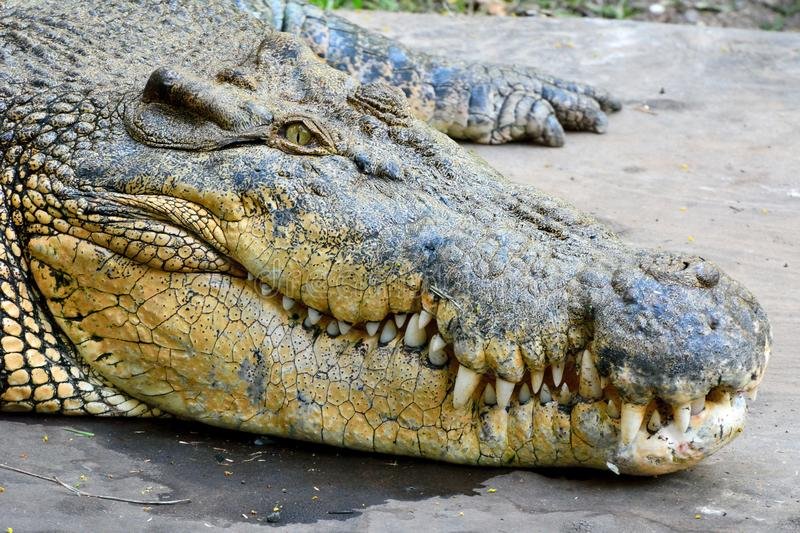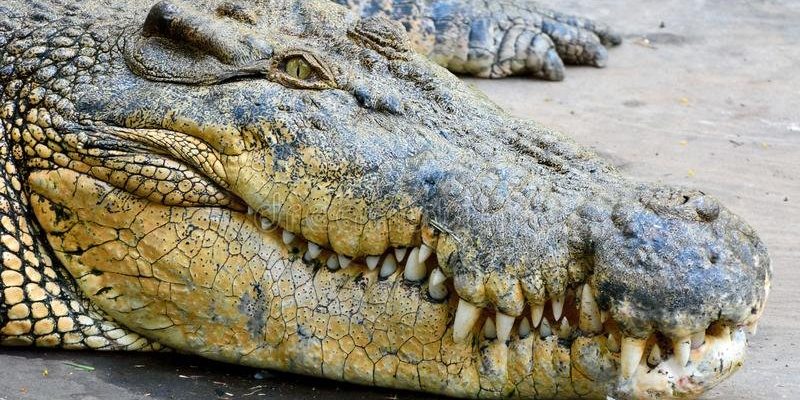
Imagine you’re sitting down for coffee, and the conversation turns to these ancient reptiles. You might think about their size, their sharp teeth, or even that they can thrive in saltwater. But, just like any good cup of coffee, there’s more to the story than meets the eye. In this article, we’ll dive into some common myths and facts about the saltwater crocodile, giving you a clearer picture of these magnificent creatures.
Myth 1: Saltwater Crocodiles Are Always Aggressive
One of the most persistent myths is that saltwater crocodiles are naturally aggressive and will attack anything that moves. But here’s the thing: crocodiles are opportunistic predators. They don’t attack without reason. When they feel threatened or cornered, they might react defensively, but most of the time, they prefer to avoid confrontation.
Consider their hunting strategy. Saltwater crocodiles are stealthy ambush predators. They lie in wait, often submerging themselves in water, only to strike with incredible speed and precision when their prey is close. This behavior is more about survival than aggression. So, while it’s wise to keep a healthy distance from them in the wild, it’s unfair to label them as outright aggressive.
Understanding Crocodile Behavior
Crocodile behavior is often misunderstood. They can display a range of social interactions, from basking together in the sun to engaging in gentle displays of affection within their species. This complexity goes beyond the simple “man-eater” trope seen in films. It’s essential to recognize that their behavior is largely dictated by their environment and circumstances.
Myth 2: Saltwater Crocodiles Are the Largest Reptiles on Earth
Yes, saltwater crocodiles are huge—some can grow over 20 feet long. They are among the largest reptiles, but they’re not the only contenders for that title. Other crocodile species can also reach impressive sizes. So, while they dominate the headlines, it’s important to note that size can vary greatly among crocodiles.
Interestingly, the title of the largest living reptile is shared among several species. For example, the saltwater crocodile tends to have an edge in length, but the Komodo dragon can claim heft in weight. It’s a bit like a friendly competition between cousins, each with its strengths.
Measuring Size in the Wild
It’s fascinating to think about how scientists measure these giants in their natural habitats. They often use a technique called photogrammetry, which involves taking pictures from various angles to estimate size without disturbing the crocodiles. This method helps develop a better understanding of their growth patterns and habitats.
Myth 3: Saltwater Crocodiles Live Exclusively in Saltwater
While their name might suggest otherwise, saltwater crocodiles are quite adaptable. You might be wondering, “What does that mean?” Well, they can thrive in both saltwater and freshwater environments. They’re known to inhabit rivers, estuaries, and even lakes.
This adaptability is one of the reasons they’re found in diverse locations, from the coasts of Australia to the islands of Southeast Asia. Picture it as a versatile traveler; they can set up shop anywhere they find suitable conditions.
Habitats of Saltwater Crocodiles
Understanding their habitat can help us appreciate their behaviors. Saltwater crocodiles prefer warm environments and can be found in a range of ecosystems. Here are some of their common habitats:
- Coastal areas
- Mangrove swamps
- Estuaries
- Lakes and rivers
Knowing where they live helps biologists and conservationists protect these critical ecosystems.
Myth 4: Saltwater Crocodiles Can’t Regulate Their Body Temperature
If you’ve ever heard that saltwater crocodiles rely solely on their environment to regulate their body temperature, you’re partially correct—but only partially. Like all reptiles, they are ectothermic, meaning they do need external heat sources to maintain their body temperature. However, these clever reptiles have developed strategies to help manage their heat.
For example, they’ll bask in the sun to warm up or slip into the water to cool down. Think of them as nature’s little thermostats, adjusting their conditions based on their needs. This ability gives them an edge in survival, especially in fluctuating climates.
Temperature Regulation Strategies
You might find it interesting to learn how their behaviors change with the seasons. When it’s hot, you’ll see them basking and swimming more. But when temperatures drop, they’ll become less active, sometimes even staying submerged for long periods. Understanding this helps in appreciating how they’ve adapted to their environments over millions of years.
Myth 5: Saltwater Crocodiles Aren’t Endangered
It’s easy to assume that because saltwater crocodiles are often seen as plentiful, they are not at risk. However, this is a misconception. While some populations are stable, others have faced declining numbers due to habitat loss, poaching, and human conflicts.
Conservation efforts have been put in place to protect these magnificent creatures. Let’s face it: conserving biodiversity is crucial. The loss of one species can impact entire ecosystems. So, while it might seem like they’re thriving, it’s vital to stay informed and supportive of conservation initiatives that help ensure their survival.
The Importance of Conservation
Efforts such as habitat preservation and legislation against poaching have shown promising results in some areas. For example, in Australia, saltwater crocodile populations have recovered significantly thanks to effective management programs. Supporting these initiatives can make a difference for their future.
Now that we’ve unravelled some myths and facts about the saltwater crocodile, it’s clear that these creatures are more than just fearsome predators. They’re complex, adaptable, and vital to their ecosystems. Understanding their true nature helps enhance our respect for wildlife and the environments they inhabit.
So the next time you hear a wild tale about these reptiles, remember the facts we’ve discussed. Whether you’re watching them on a nature show or learning about them in a book, you’ll now approach the topic with a deeper appreciation and understanding. After all, knowledge is the best defense against myths—and who doesn’t love a good cup of coffee with a side of truth?

